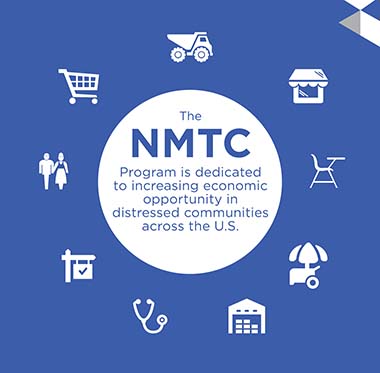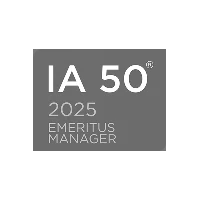By Scott Berman, Director, Policy and Development
The lack of capital for real estate projects, community facilities, and small businesses in low-income communities is a problem that spawns a host of other problems. When there is limited access to capital, there are fewer businesses and jobs, fewer sources of affordable housing, and fewer chances for these communities and their residents to enter the economic mainstream of American life. In short, the lack of capital perpetuates the lack of opportunity.
The New Markets Tax Credit Program (NMTC Program) was established in 2000 to attract private capital to low-income communities, and, as a 12-page policy brief just published by Capital Impact Partners reports, over the past decade and a half the program has proven that new private investment in low-income communities can indeed create new economic opportunity.
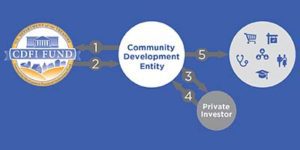
The Community Development Financial Institutions Fund (CDFI Fund), which administers the NMTC Program, holds a highly competitive application process through which it awards tax credit authority to Community Development Entities (CDEs) like Capital Impact Partners.
These CDEs serve as financial intermediaries through which private capital flows from an investor to a project in a low-income community. The investor chosen by the CDE receives a tax credit totaling 39 percent of the cost of the investment that is claimed over a period of seven years.
Since 2000, the CDFI Fund has conducted 12 award rounds of the program that have allocated $43.5 billion in tax credits.
The Impact of New Markets Tax Credits
New Markets Tax Credit investments have had a tangible impact. As Capital Impact Partners’ policy brief reports, the CDFI Fund estimates that, since 2003, the NMTC Program has created or retained 197,585 jobs and has supported the construction of 32.4 million square feet of manufacturing space, 74.8 million square feet of office space, and 57.5 million square feet of retail space.
For each federal dollar invested in the NMTC Program, eight dollars of private investment is generated. And these investments are definitely headed for the most highly distressed communities. For the period from 2003-2012, 76 percent of NMTC projects were located in severely distressed neighborhoods with poverty rates above 30 percent, median incomes below 60 percent of the area median income, or unemployment rates one-and-a-half times the national average.
Capital Impact Partners’ New Markets Tax Credits Projects
The policy brief also highlights Capital Impact Partners’ strong track record utilizing the NMTC Program. Capital Impact Partners has received seven NMTC awards totaling $492 million in tax credit allocation authority, and through 2015 has closed more than 64 NMTC transactions across the nation that have supported a variety of projects in communities with an urgent need for investment capital. Our NMTC investments include:
- Twenty six federally qualified health centers;
- Seventeen charter schools;
- Five projects incorporating affordable housing;
- Six healthy food projects, including Meals on Wheels and full-service supermarkets, located in food deserts or areas with limited access to a supermarket; and
- Fifty two nonprofit, community facilities providing vital services to vulnerable people including behavioral health, substance abuse, and, skilled nursing care for seniors.
In 2009, Capital Impact Partners provided NMTC financing for Detroit’s Argonaut Building. The 11-story, former home of General Motors’ automotive design center was rechristened as the A. Alfred Taubman Center for Design Education. It now houses the College for Creative Studies, a leading institution for art and design education, and Henry Ford Academy, a charter school with an arts focus. The transformation has been hailed as one of the most important downtown redevelopment projects in Detroit’s New Center neighborhood.
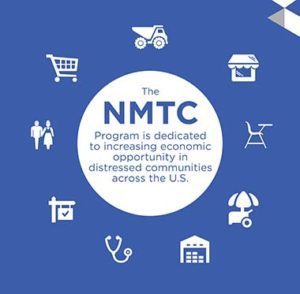
- The creation of the Rev. Dr. Morris L. Shearin Sr. Community Life Center, a new 29,000-square-foot community health center and 13,000-square-foot multipurpose community facility in Washington, D.C.;
- The development of the first long-term care facility in Colorado that uses the innovative Green House model that is transforming America’s approach to caring for its aging population; and
- The renovation of a 56,000-square-foot industrial building in Los Angeles that is the home of L.A. Prep, a business incubator and production space for wholesale food producers, and L.A. Kitchen, a nonprofit that collects surplus food and prepares it for social service agencies that serve Los Angeles’ most vulnerable populations.
- The financing for Equitas Academy, a tuition-free charter school for kindergarten through eighth grade serving mostly first-generation families in the Pico-Union neighborhood of central Los Angeles.
These stories—and hundreds of others—bear witness to the transformative power of the NMTC Program. They demonstrate that the program can be a highly effective tool for attracting capital to communities that have been left out of the economic mainstream and opening doors of opportunity that have remained closed for too long.
The revitalization of underserved, low-income communities requires federal, state, and local public policy initiatives that promote community development. The NMTC Program is just one example. As Director of Capital Impact Partners’ policy and advocacy efforts, I work with important partners across the community development finance industry to grow and expand vital resources like the NMTC Program. You can learn more about Capital Impact Partner’s other policy priorities on our public policy page.
If you are interested in learning more about the NMTC Program, please contact us for more information.
[dcwsb inline=”true”]
